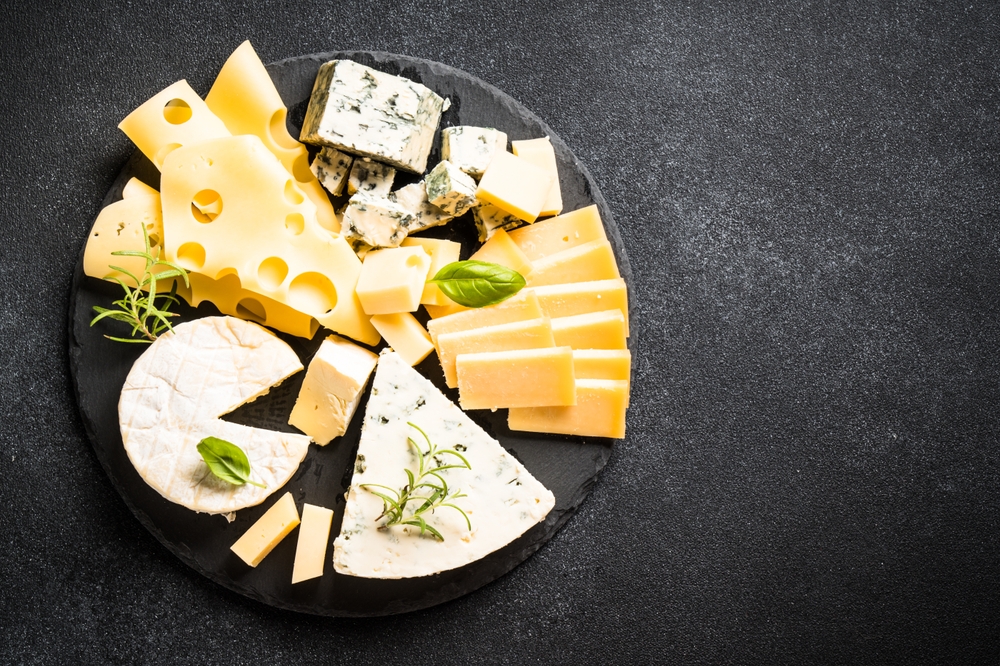Discovering the Artisanal Craft of Cheese Making: A Journey into the World of Curds and Whey
Today, let's venture into the remarkable world of cheese making. This age-old artisanal craft has been capturing the hearts and palates of food enthusiasts for generations. As we delve into the process, you'll gain a deeper understanding of the gastronomical science behind this beloved dairy product and explore the fascinating cultures and traditions that shape the variety of cheeses we enjoy.

The Birth of Cheese: A Happy Accident
Cheese making likely originated thousands of years ago as a happy accident. Early humans, transporting milk in animal stomachs, discovered that the rennet in the stomach lining caused the milk to separate into curds and whey. From that point, the art of cheese making was born, with each region around the world developing its unique styles and techniques.
The Role of Milk in Cheese Making
The type of milk used plays a significant role in the characteristics of the cheese. Cow’s milk creates a creamy, sweet cheese, while goat’s milk leads to a tangier cheese with a firmer texture. Sheep’s milk generates a rich, buttery cheese, and buffalo’s milk results in a mozzarella with a distinctively lush texture.
The Process: From Milk to Cheese
The cheese making process begins with pasteurizing the milk to kill any harmful bacteria. Then, a starter culture is added to alter the milk’s sugar into lactic acid, setting the stage for curdling. The milk is then curdled using a coagulant, most commonly rennet. The curds are cut and cooked to release the whey. The curds are then drained, salted, and pressed into molds.
The Art of Aging: Maturation and Flavor Development
The real magic happens during the aging process when the cheese is left to mature in specific conditions. This maturation process develops the cheese’s flavor, texture, and aroma. The length, temperature, and humidity of the aging process all factor into the final product’s characteristics.
The World of Cheese: An Array of Flavors and Styles
There are countless types of cheese worldwide, each with its unique flavor, texture, and aroma. From the creamy Camembert of France to the salty Feta of Greece, the smoky Gouda of the Netherlands to the piquant blue cheese of England, the world of cheese offers a delightful array of taste experiences.
- Did You Know?
- The color of cheese is often determined by the diet of the animal providing the milk.
- Cheese is a living food. The bacteria used to make cheese continue to change and develop the cheese’s flavor over time.
- There are over 2000 varieties of cheese available worldwide.
Exploring the art of cheese making offers a fascinating insight into the world of culinary science. It’s a journey that spans centuries, cultures, and continents, resulting in a product that is as diverse and unique as the regions that produce it. Next time you enjoy a piece of cheese, consider the complex process and cultural significance behind it. The world of cheese is an incredible testament to our human ingenuity and the love for good food.





